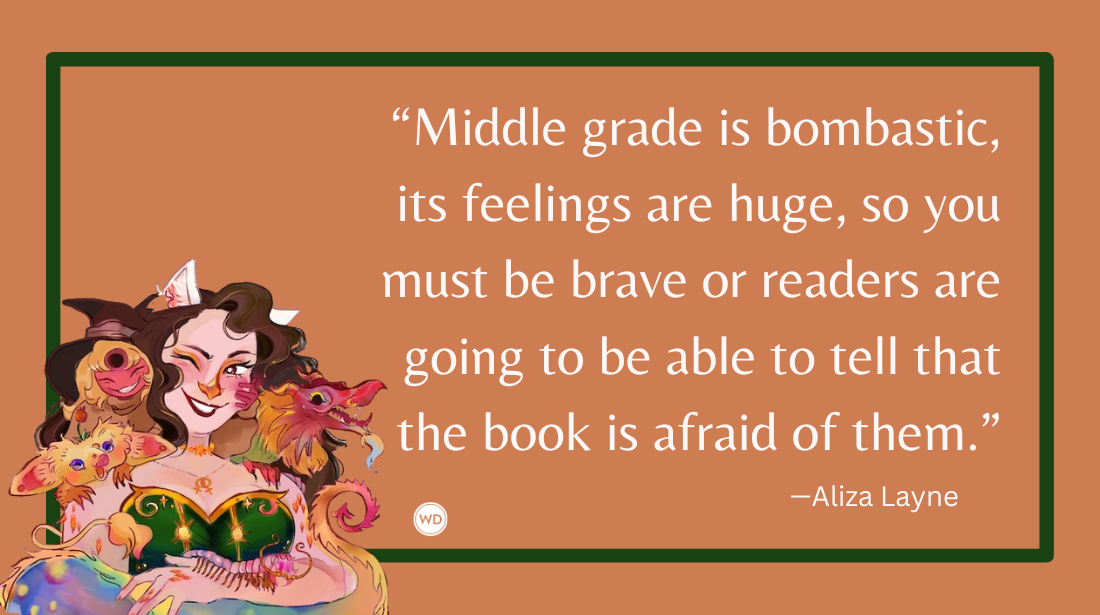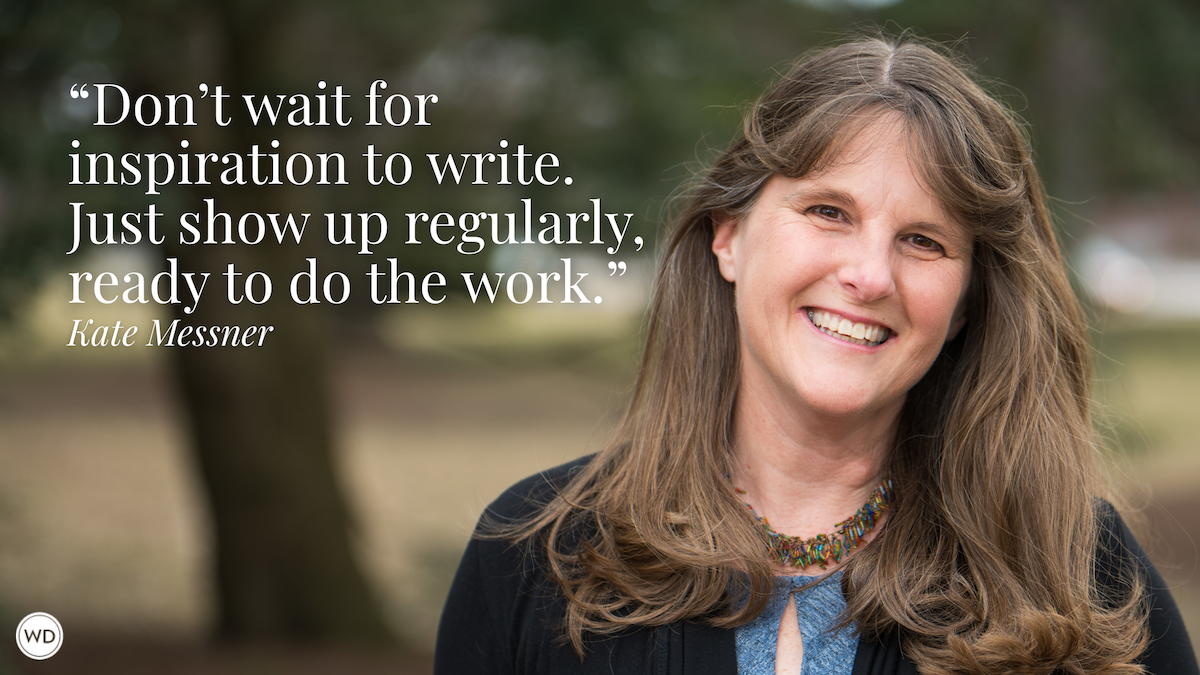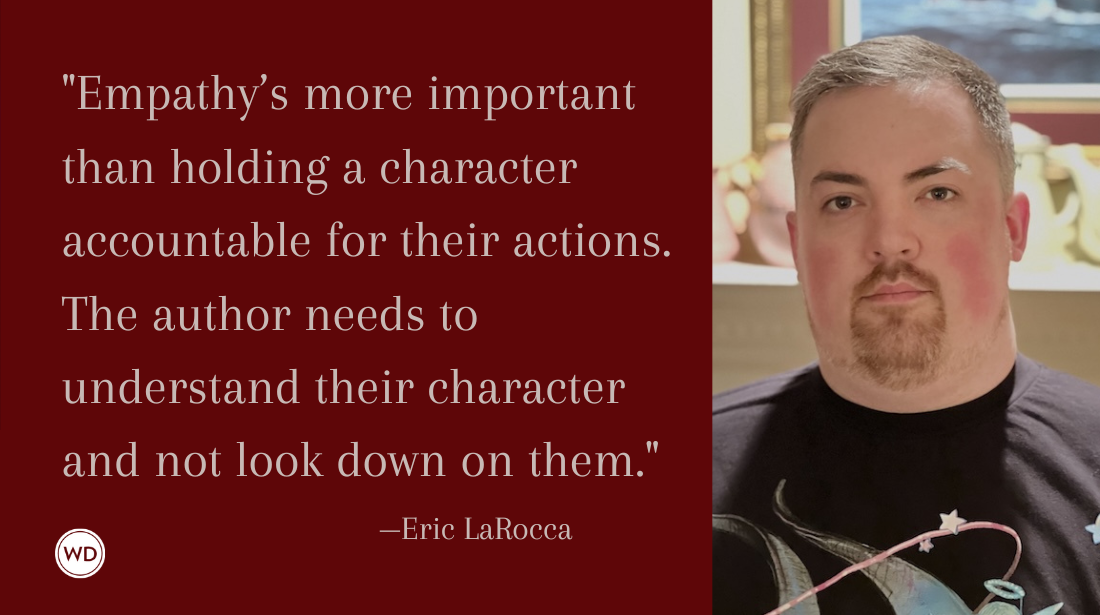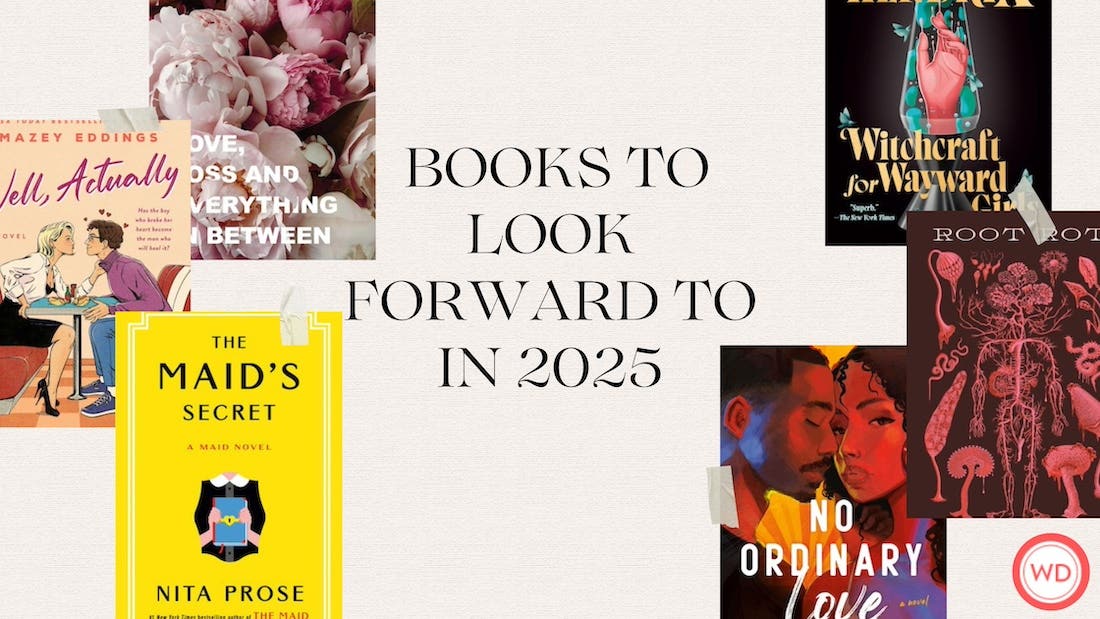How to Prevent Predictable Plots
Here are tips on how to become more alert to the signals of those groaningly predictable plots and how to avoid them in your stories and novels.
Okay, I admit it. I plan my day around favorite night-soap television shows. But the longer I’ve been writing, the more I find myself almost involuntarily critiquing what I watch.
Even though I’m not consciously “working,” I can rarely turn off my EIE—Exacting Internal Editor. So, instead of trying to tame her or put her to bed early, I decided to yield and learn from her.
My EIE always catches one characteristic of so many shows—the predictability of the plot. I offer you her wisdom so we both can become more alert to the signals of those groaningly predictable plots and avoid them in our own stories and novels.
***************************************************************************************************************************
The guest post is by Noelle Sterne, author, editor, writing coach, and spiritual counselor. Sterne writes fiction and nonfiction, having published over 300 pieces in print and online venues, including Writer’s Digest, The Writer, Women on Writing, Funds for Writers, and Transformation Magazine. Her monthly column, “Bloom Where You’re Writing,” appears in Coffeehouse for Writers.With a Ph.D. from Columbia University, for over 28 years Noelle has helped doctoral candidates complete their dissertations (finally) and is completing a psychological-spiritual handbook. In her book Trust Your Life:Forgive Yourself and GoAfter Your Dreams (Unity Books; one of ten best 2011 ebooks), she draws examples from her practice and other aspects of life to help writers and others release regrets, relabel their past, and reach their lifelong yearnings. See Noelle’s website: trustyourlifenow.com. With Trust Your Life, Noelle appears in the Unity Books 2013 “Summer of Self-Discovery” on Goodreads with two other authors of positive messages for discussions and free webcasts: goodreads.com/group/show/100799-unity-books In addition, one of five featured authors on Author Magazine’s ongoing blog, Noelle explores writing, creativity, and spirituality: authormagazine.org.
***************************************************************************************************************************
An Example: Love
Take love, a timeless, universal subject. In a recent movie, the young woman with great hair and tight jeans from the city goes West to sell the ranch her father left her. She encounters and battles instantly with the gruff foreman, who’s loyal to the ranch, the land, and the legacy. He’s adamant about not selling and responds to the city intruder only in disdainful monosyllables. Of course, he’s handsome and tall in the saddle.
Count on it: the more it’s hate at first sight, the more you can bet they’ll end up in an open-mouthed clinch.
Settings may change:
- In city department store at Christmas, lonely saleswoman (with great hair and conservative tight suit) and bitter out-of-work-executive Santa.
- In the newsroom, novice idealistic newspaper reporter (with great hair and tight slacks and sweater set) fresh out of women’s college and cynical veteran, chain-smoking Pulitzer winner.
- In the pits, impassioned first-time female race driver (with great hair and tight jumpsuit) and multi-Indie-winner misogynist team lead driver.
Can you write the scenes between them already? From big angry sparks to grudging acceptance to grudging amusement to big passionate sparks.
How Many Plots Can We Think Up?
Experts vary in citing from 1 to 3 to 7 to 20 to 36 basic plots in literature. I like nineteenth-century French writer and critic Georges Polti’s chronicle of 35, with multiple literary examples and sub-situations and extensive, entertaining commentary. (My translated edition is 1945, Boston: The Writer Publications.)
This classic book, with many later imitations, is a gem for ideas, intertwining of subplots, and cliché-checking. My love examples above are variations of Polti’s Number 28, “Obstacles to Love,” and (E) “Incompatibility of Temper of the Lovers.”
So, how can you use them freshly?
Unpredictable Plotting
Love, in all its exasperating twists, is certainly worth writing about. But when you do, although you’ll inevitably be using one or more of Polti’s variations, the trick and challenge are to freshen it and make it relevant to your time and your experience.
How? Several ways:
1. See Polti for different perspectives. Or other books: Christopher Booker, The Seven Basic Plots: Why We Tell Stories; James Scott Bell (nine), Plot and Structure; Ronald Tobias, 20 Master Plots and How to Build Them.
2. Look at Shakespeare, both comedies and tragedies. Study fine films. “The African Queen” (1952) portrays a masterful mismatching gone sweet. “An Officer and a Gentleman” (1982) shows us clashing environments, social classes, and lifestyles. “When Harry Met Sally” (1989) illustrates the terror of letting love in. And “Gran Torino” (2008) shows us a broader kind of love, of humanity, beyond prejudices, and between generations.
3. Explore ramifications and consider different approaches. For example: Is the choice college or marriage? Is the location the small town you grew up in near your grandparents’ homestead or an island in Melanesia, with unknown languages and no cable?
4. Ask yourself provocative questions that can shape your theme: How to balance love and its responsibilities and follow one’s bliss? How to overcome lifelong discrimination and let love in? How to triumph over past poor relationships and take the heady leap? What hard choices have you or others made? How have they resolved them . . . or not?
5. Talk to family members. You may get astonishing surprises. Often grandparents, great aunts, and other relatives have had remarkable experiences of love they never shared in prison camps, wartime, poverty, or other dire circumstances. They would probably would welcome an eager listener.
Yes, love is one of the most timeworn of plots but it deserves to be written about always. With your immersion in the story and deepest honesty, you will write a love story in which the ending can’t be predicted by any regular TV watcher.
Kiss and Make Art
Not fighting our Exacting Internal Editor, we can learn from television watching almost in spite of ourselves. When we study the story arcs of most popular shows and movies, we sharpen our sensitivity and editorial savvy. Our analyses show us what not to do and challenge our ingenuity to make our story or novel stand out above the pap. Then an editor or agent won’t quickly predict our plot but will instead fall in love with our work and ask us to continue the relationship.
************
Follow me on Twitter: @BrianKlems
Check out my humor book, Oh Boy, You're Having a Girl.
Sign up for my free weekly eNewsletter: WD Newsletter








